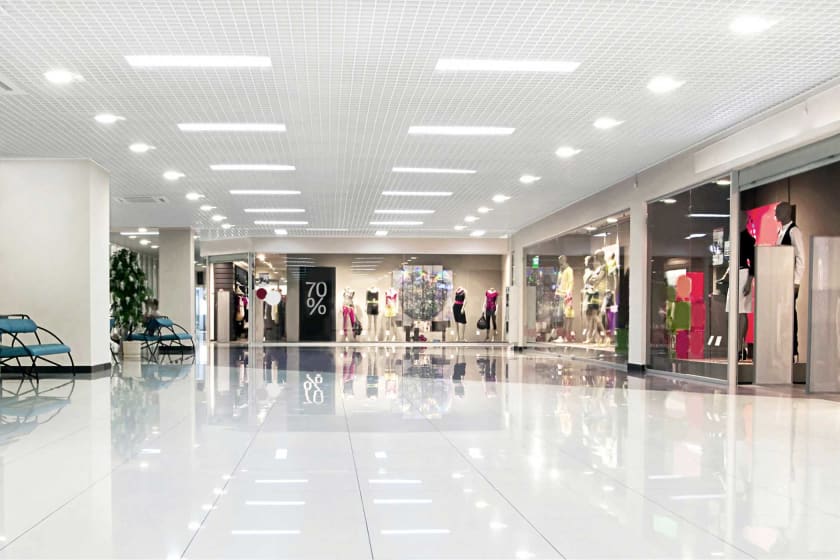Significant Segmentation of The Fashion Industry



Introduction
The fashion industry is a multi-billion global enterprise making, buying, and selling clothes. Some people distinguish between the high fashion industry and the apparel industry, but in the 1970s, the boundaries got blurred. Fashion is best defined as a style of clothing and accessories given to people. There might be a difference in brands from runway clothes shown in Paris and New York to selling ordinary sportswear and street style sold in the mall.
However, the fashion industry encompasses the design, manufacturing, marketing, advertising, and promotion of all types of appeal, from the most expensive and royal clothes to regular normal day clothes. Sometimes the broader term refers to myriad industries and has employed millions of people internationally.
Market segments of the fashion industry
- Gender-related segment - Small clothing retailers use gender-related segments. For example -small independent stores may sell lines for men and women. These clothing lines include casual and business attire for men and women in the fashion market segmentation.
- Age-related segment - Age is another differentiating factor that helps clothes retailers determine their buying audiences. Many clothing retailers target teenage girls with trendy Fashion. Infants and toddlers represent additional age segments. This segment is also significant.
- Geographic Segments-The customers prefer clothing from different regions or geographical areas. Weather determines the clothing of the people for example - people in warmer places wear shorts and swimsuits whereas in colder places they wear long jackets.
- Lifestyle Segmentation - Fashion market segmentation includes small clothing retailers, manufacturers, and product selections. For example, clothing manufacturers produce hunters' and soldiers' clothes and sell them in camouflage to meet their client's lifestyles. Opinions even matter when the client is buying in a particular segment. For example - the manufacturer will only produce coats instead of fur coats for animal welfare.
World Fashion

Today people describe the wear as "world fashion".It is the simplified and low-cost version of western clothing often seen with a t-shirt paired with jeans and a skirt manufactured on a large scale. However, several small industries contribute to various parts of the world that cater to a specific location, religion, ethnic market. For example- sarees in India are the culture of Indians which they wear every day and on special occasions. These industries run parallel to the global industries on a minor and localized scale under the fashion market segmentation.
One of the significant ethnos-religious dresses we saw in the early 21st century was Hijab, worn by the Muslims in the Middle East and seen wearing in the entire world. With millions of Muslim women living in the veiling norms are incredibly significant. Other women may style it modestly and are suitable in public but may wear fashion clothes beneath it.
This shows conservative street attire. But if women choose to wear it openly, making it chic and modern. Global designers started making dresses for Muslim and non-Muslims designs as modest international Fashion grew. Fashion market segmentation widened the range of stylish looks in fashion magazines.
Media and marketing

Media is all kinds of essential to marketing fashion. The most crucial fashion-based magazine came in the 18th century in England and France. Including articles, several hand-coloured antiques, and advertisements in the fashion magazine and other developers such as sewing machines, department stores play a significant role in promoting the variety of democratisation of Fashion in today's era.
A lot of the new trends have snatched the attention of fashion lovers and enthusiasts. As per surveys, garment or fashion accessory consumers' choices are becoming more practical, comfortable and affordable. As the situation demands, the fashion market segmentation is also easing things up for consumers as much as possible with a redefined setting. Here are some of the emerging Fashion Industry trends!
Fashion shows
Fashion shows sell their clothes to the retailer, media, and customers. Couture houses and regular departmental stores started several fashion shows with the help of professional and experienced models. The fashion shows were intimate affairs with only journalists, private clients, and buyers. In the 20th and 21st-century, fashion shows became more theatrical and elaborate conducted in big venues which were explicitly constructed for the runway models and played an essential role during the elaboration and the presentation of new fashions and styles.
With this trend going on, fashion shows became an essential part of the calendar during the early 21st-century. The performances were held twice in Paris by official expensive designer houses and present outfits by potential clients. Ready to fashion shows are separately stored in spring and fall. Critical fashion weeks are held in Milan, Paris, and New York. However, there are dozens of fashion shows held around the globe, from places like Tokyo to São Paolo.
Fashion Designers
Fashion designers and manufacturers promote their clothes to retailers (fashion buyers), the media (fashion journalists), and the customers. In 19th-century Paris, couture houses began to offer their clients private viewing of the latest Fashion. In the early 20th-century, department stores followed the footsteps of the couture houses and started to hire models and had runway shows. The ready-to-wear, Parisian couturiers designers in other countries also started presenting fashion shows for a specific audience segment that combined notable clients, fashion critics and potential buyers.
Conclusion
The fashion industry is a significant part of a vast cultural phenomenon known as the "fashion system," The concept embraces business fashion and the craft and art systems of Fashion. The fashion designer also plays an essential factor and the consumer who is buying and going to wear it. The fashion industry thrives on being unique, diverse, and flexible and tries to embrace or reject fashionability according to the terms.We at Fashinza, help various brands in manufacturing their clothes and appeals. We help the brands from the designing stage deliver the best quality products on time. We work in four steps: fabric and design, coasting and sampling, transparency and quality check, and lastly, quick and safe delivery. We aim to solve the global supply chain challenge by mixing sustainability with technology. To know more, contact us today!



















